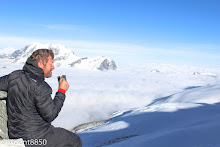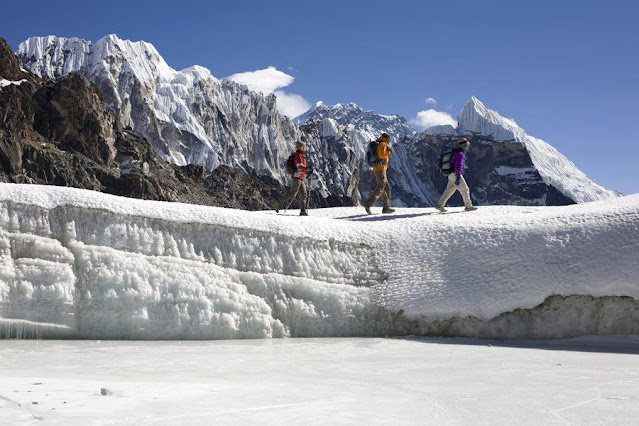Great Himalayan Trail (GHT) is a challenging and epic long-distance trekking route that spans the entire length of the Himalayan mountain range, passing through multiple countries and offering trekkers the chance to experience diverse cultures, landscapes, and ecosystems. The GHT is a network of existing trails connecting various regions and countries in the Himalayas, offering a wide range of challenges and experiences. Trekkers must be well-prepared and physically fit to face high altitudes, extreme weather conditions, challenging terrain, and the need for proper acclimatization. The trail has several recognized sections, such as the Kanchenjunga Circuit, Everest Base Camp Trek, Annapurna Circuit, and Upper Mustang Trek in Nepal. Safety is a top priority, and planning carefully and being well prepared are essential for a successful trek. It is also important for trekkers to be aware of the cultural and environmental impact they may have on the region. Local communities along the trekking routes rely on tourism for their livelihoods, so it is crucial to respect their customs and traditions as well as minimize any negative impact on the fragile mountain ecosystem. Additionally, having a knowledgeable guide can greatly enhance the trekking experience by providing valuable insights into the local culture, history, and geography of the Himalayas.
I started my career in the tourism industry as a h
elping guide in 1998. Later on, I started as a trekking guide and traveled almost all the trails of Khumbu, Annapurna, Kangchenjunga, Makalu, Langtang, Manaslu, Tsum Valley, Dolpa, and Upper Mustang. I am well interested in Mountain biking, I started biking in 2005. Nepal has great trails for off-
road biking like Kathmandu - Pokhara, Annapurna circuit, Surkhet - Jumla, Sikkim, Darjeeling, Tibet, and Chisapani - Nagarkot.
After traveling Nepal for nearly two decades, I have been familiar with all the trekking and biking routes, mountains, rivers, floras, and faunas. I will be telling you my trip stories from here onwards.
Thank you for reading my blog. Stay in touch.
































